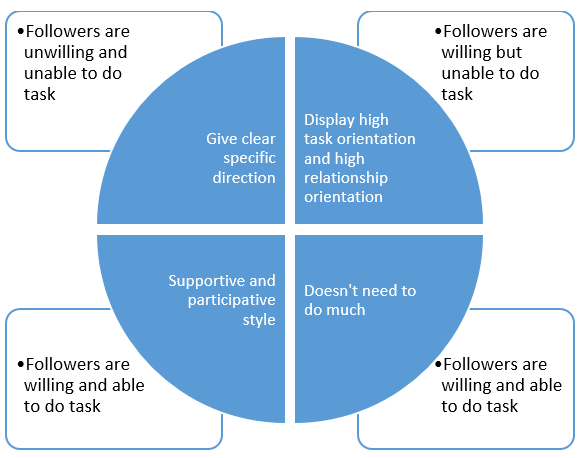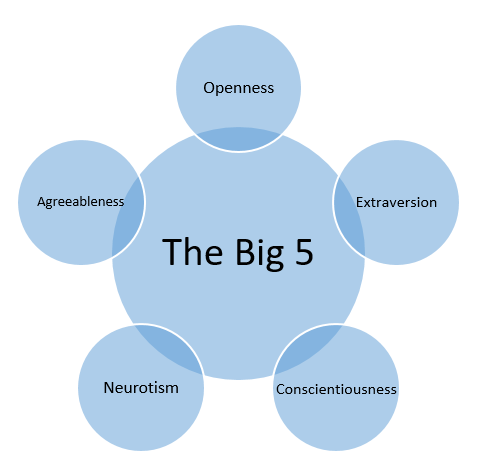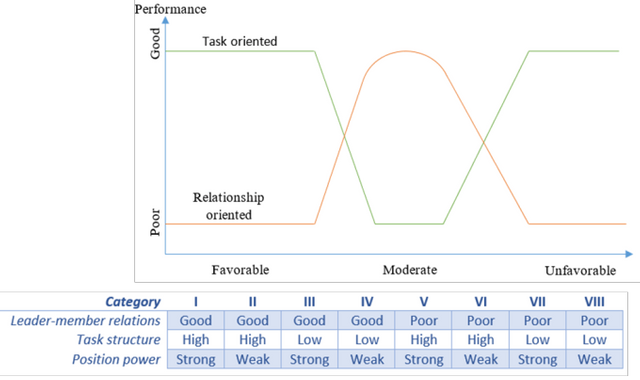The leadership myth
Leadership is repeatedly quoted as being the most important trait for successful managers. From project management to operation management, the importance of leadership is upheld as the determining factor that leads to success or failure. The person at the steering wheel of a business surely decides outcomes for a company that others possibly cannot and if the history of successful companies are reviewed, the importance of leadership is something that cannot be debated.
This article doesn't question the importance of leadership. It raises the question of whether leadership is a skill or an art. If leadership is a skill, it means it's something that can be learned. If leadership is an art, it hints that people are born leaders, that there are personality traits in people that make them more successful as leaders.
Leadership is defined as the ability to influence a group towards the achievement of goals. While this may sound very similar to the definition of management, leadership doesn't depend on formal power and authority, but relies on informal power or influence to achieve goals. Before we can reach a verdict about whether leadership is a skill or an art, let's have a look at what the experts have to say on the subject.
Are leaders born or are they made?
Trait theory
Traits theory of leadership essentially says leaders are born, not made. Since the earliest study of leadership, it's been noted that leaders have certain personality traits that differentiate them from normal people. This can be best described by presenting the Big Five personality framework in Figure 1.
Trait theory places extraversion as an important trait that leaders possess. Two other traits that has been strongly linked are openness and conscientiousness. That being said, traits theory doesn't explain whether a person makes a good leader or not. People who possess all these personality traits to a high degree may still make a bad leader, but the theory closes the door for a group of people who doesn't score high on these traits. Accordingly, this theory says that people in this group cannot be a leader, good or bad. Another personality trait of indicating whether a person can be a good leader is possession of emotional intelligence, again, something that people are born with.
Behavioral theory
If you reached here feeling a little let down, because traits theory just said you cannot be a leader, this section should cheer you up. Essentially, behavioral theory of leadership states that a person can be trained to become a leader, irrespective of personality traits. So you can become a leader even if you fall short on extraversion and other traits important in the traits theory. That is, if you can change your behavior.
Behavioral theory narrows down the behavior of a leaders to two important factors, the ability to initiate structure and the ability to be considerate. Initiating structure is the ends to which a leader will go to define roles for himself and others for attainment of a goal. Consideration is the extent to which a leader trusts and respects his/her subordinates. Behavioral theory also goes further to categorize leaders. Employee oriented leaders* are those that give importance to interpersonal relations and accepts employees for who they are. Production oriented leaders are those that focuses on the technical aspects of the business.
Contingency theory
Leaders come and go but companies, for the most part, still survive, thriving under difficult times and making slip ups during easy times. There are numerous situations where leaders are able to make things work during difficult periods, only to wilt when business is back on the track. This seems to indicate that leaders are fit for organisations when a certain situation arises.
Fiedler model
Developed by Fred Fiedler, this model assumes that leadership style of leaders are fixed, and categorizes leadership style into two, a task oriented or a relationship oriented. The categorization is based on a questionnaire called least preferred co-worker (LPC). A person with a high score on this questionnaire is a relationship oriented leader and vice versa. While this is an effectively straightforward process of defining leadership style, we also have to define the situation to match the leaders to.
The situation, in the Fiedler model is defined by three situation dimensions. Leader member relations defines the extent of trust, confidence and respect from members given to leaders. Task structure defines how well a certain process is organized. Position structure is the degree of influence that a leader has over decision making processes related to employees. Combining these three dimensions yield eight situation categories, to which the LPC score of leaders can be matched to. As the situation changes, the leader needs to be changed to effectively match leadership style to the situation OR the situation needs to be changed to match the existing leadership style. Figure 2 shows the Fiedler model. Categories I - III, VII and VIII are more suitable for task oriented leaders while Categories IV - VI are more suitable to relationship oriented leaders.
Situational Leadership theory
This contingency theory is appealing because a lot of emphasis is on the peers of the leader rather than the leader himself/herself. Depending on the readiness of a follower to do tasks related to work, leaders should take one of the leadership styles shown in Figure 3.

Figure 3: Situational leadership model
Based on this theory, surrounding yourself with followers that are willing and able to do tasks is the most intuitive thing to do to be a good leader, which is to be fair, common logic.
Path goal theory
This theory is a merger between the behavioral theory of leadership presented earlier and expectancy theory of motivation. It states that effective leaders are one's that show the path towards achieving a goal for his/her peers, by providing support, wisdom, information and motivation. The theory identifies two leadership styles; directive and supportive leadership.
Push the limits: Self leadership.
This article cannot be complete without introducing the concept of self leadership, which essentially supports the notion that leadership is not only something that you can learn, but essentially, it is also something that can be taught to others.
Self leadership is a theory developed and popularized in the late 1980’s as an offshoot of another popular theory being developed at the same time, called self management. The theory was proposed by Charles C. Manz in 1986 and is defined as ‘a comprehensive self-influence perspective that concerns leading oneself toward performance of naturally motivating tasks as well as managing oneself to do work that must be done but is not naturally motivating’. The theory was an offshoot of the self management theory, a self regulatory concept. Self-leadership theory is also similar to self-regulatory theory (self efficacy). However self-leadership is unique in that it explains the type of behavior individual should have and why.
The theory explores the concept of a comfort zone of an individual, and stipulates that a self-leader must be willing to work outside this zone. This activity is a precursor to changing one’s self esteem and self-concept to achieve self-leadership. Once this event occurs, self-confidence increases over time, with success of the new challenges the individual now faces. Over time positive attitude changes takes place. The next level in the model, motivation is of utmost importance as this where individuals truly starts displaying self-leadership and is also the distinctive feature of self-leadership that sets it aside from self-management theory. An individual at this level is fulfilling his own needs by exercising self-efficacy, by setting goals that require change in behavior. At this behavior and experience stage of the model, individuals are able to identify themselves as able to lead others or has reached a leadership aspiration level. This concept of the model has been further expanded into the study of ‘SuperLeadership’, another theory that emerged from the theory of self-leadership. An individual who reaches this level of the model proactively seeks experiences that will result in positive changes to self-esteem and self-concept. The model is a continuous cycle and represents the raising standards of the individual in terms of overall leadership. Figure 4 shows the strategies of self-leadership, based on this model.

Figure 4: Self leadership strategies
Self leadership is an important concept and is a form of mediation of sorts for managers who would also like to be leaders.
Verdict
The only theory that supports the myth that leaders are born and not made is the traits theory of leadership, which doesn't evaluate effectiveness of leaders to any length. Almost all other theories surrounding leadership assess that leaders can be trained and harnessed and therefore, is a skill rather than an art. The contingency theory also claims that leaders are only effective for certain situations.
Note: original article from Rules of Knowledge, where I contribute to

